Liquidambar
wcgypsy
11 years ago
Related Stories

GARDENING GUIDESBackyard Birds: How to Care for American Goldfinches
The American goldfinch is a bright-in-the-summer visitor and one of the only vegetarian songbirds. Here's how to give them a healthy habitat
Full Story
FALL GARDENING11 Trees for Brilliant Fall Color
Give your landscape the quintessential look of autumn with the red, orange and yellow leaves of these standouts
Full Story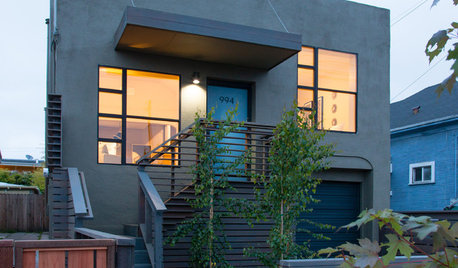
HOUZZ TOURSHouzz Tour: Visit a Modern Update in Oakland
See how a "hacked together" home became an urban neighborhood jewel
Full Story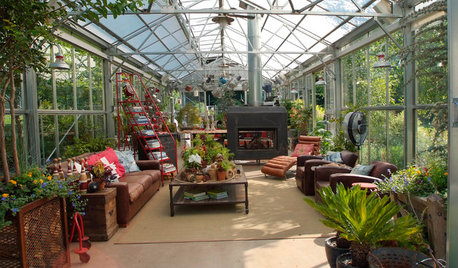
LANDSCAPE DESIGNA Luxury Greenhouse Lures Manhattanites to the Country
Industrial meets rustic in this stunning new structure for living and entertaining in rural Pennsylvania
Full Story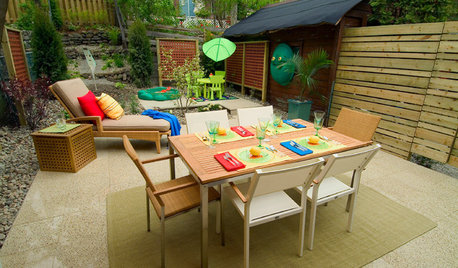
LANDSCAPE DESIGNHow to Design a Family-Friendly Yard for People of All Ages
Incorporate features and materials that will make your landscape fun and accessible for everyone
Full Story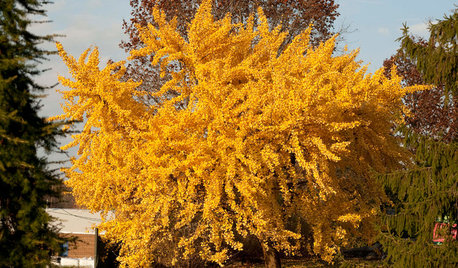
TREESTop 5 Trees for Fall Color in California
Bring a glorious sight to the landscape this autumn with one of these beauties that thrive in mild climates
Full Story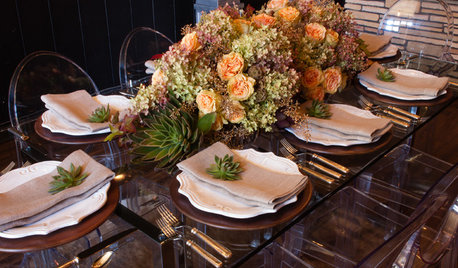
HOLIDAYSMake a Showstopping Fall Centerpiece That Lasts
With flowers that will dry beautifully, succulents and wood circles, this organic arrangement will wow guests all season long
Full Story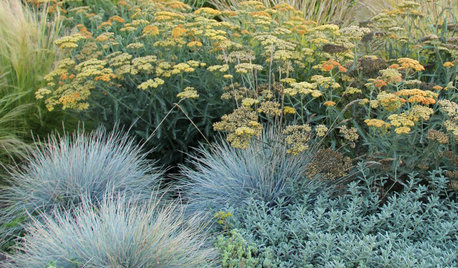
LANDSCAPE DESIGNTexture Talk: 4 Foliage Types for Distinctive Gardens
Contrast these leaf textures for plants that stand out and a landscape that draws you in
Full Story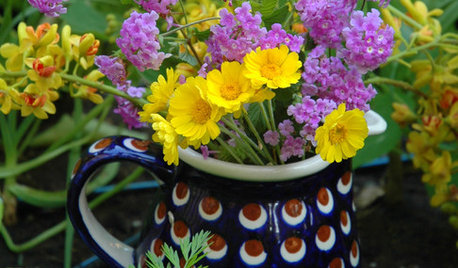
GARDENING GUIDESBe Your Own Best Florist With a Bouquet Garden
Shop your backyard for gorgeous floral arrangements — these ideas will help you bring the garden to the table beautifully
Full Story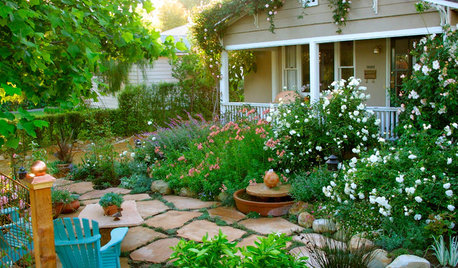
GARDENING GUIDESSouthern California Gardener's October Checklist
Get planting happy this month — so many natives, bulbs, cool-season flowers and vegetable crops to choose from, so little time ...
Full StoryMore Discussions







hosenemesis
onederw
Related Professionals
Grand Haven Landscape Architects & Landscape Designers · Wakefield Landscape Contractors · College Park Landscape Contractors · South Portland Landscape Contractors · Thornton Landscape Contractors · North Hills Landscape Contractors · Citrus Heights Swimming Pool Builders · Pearland Swimming Pool Builders · Spring Swimming Pool Builders · Boise Window Contractors · Homestead Window Contractors · Marinette Window Contractors · Oviedo Window Contractors · River Forest Window Contractors · Spanaway Window Contractorskristincarol
wcgypsyOriginal Author
JXBrown (Sunset 24, N San Diego County)
jakkom
wcgypsyOriginal Author
aquilachrysaetos
wcgypsyOriginal Author
jakkom
kittymoonbeam
wcgypsyOriginal Author
onederw
jakkom
onederw
catkim